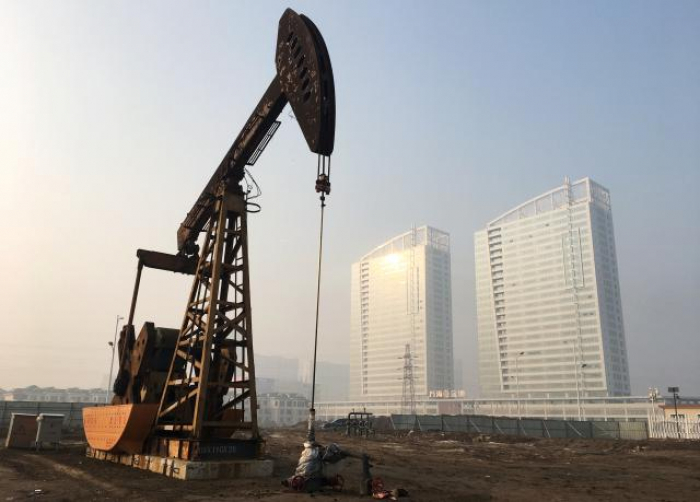U.S. West Texas Intermediate (WTI) crude oil futures were at $56.31 per barrel at 0637 GMT, up 9 cents, or 0.2 percent, from their last settlement.
Brent crude futures were at $66.22 per barrel, up 23 cents, or 0.4 percent.
Prices are being supported by efforts led by the Organization of the Petroleum Exporting Countries (OPEC) and other countries - a grouping known as ‘OPEC+’ - to withhold around 1.2 million barrels per day (bpd) of oil, a strategy aimed at tightening markets.
“In our view, OPEC’s strategy is to rebalance the market as quickly as possible and exit the cuts by the end of June in order to grow production alongside shale producers in the second half of this year,” U.S. investment bank Goldman Sachs said in a note on Wednesday.
U.S. sanctions against the oil industries of OPEC members Iran and Venezuela have also had an impact, traders said.
Venezuela’s state-run oil firm PDVSA this week declared a maritime emergency, citing trouble accessing tankers and personnel to export its oil amid the sanctions.
SURGING U.S. SUPPLY
Despite these factors, oil remains in plentiful supply thanks to surging U.S. production.
U.S. crude oil stockpiles rose much more than expected last week, with inventories up by 7.1 million barrels to 452.93 million barrels, according to a weekly report by the U.S. Energy Information Administration (EIA) on Wednesday.
“There was a surprisingly large stockbuild, which was bearish,” French bank Societe Generale said in a note following the EIA report.
Meanwhile U.S. crude oil production remained at a record 12.1 million bpd, an increase of more than 2 million bpd since early 2018.
That, along with the easing of a transportation bottleneck for low-cost U.S. Permian Basin shale oil, could lead to higher production, Goldman Sachs said.
U.S. trade gap balloons to 10-year high
“The balance between rising U.S. production and the OPEC+ efforts to stabilize prices with a production cut was broken by higher than expected U.S. inventories and the OECD warning of lower global growth impacting energy demand going forward,” said Alfonso Esparza, senior analyst at futures brokerage OANDA.
The Organisation for Economic Co-Operation & Development (OECD) said on Wednesday the world economy would grow 3.3 percent in 2019, down 0.2 percentage points from the OECD’s last set of forecasts in November.
More about:
















































